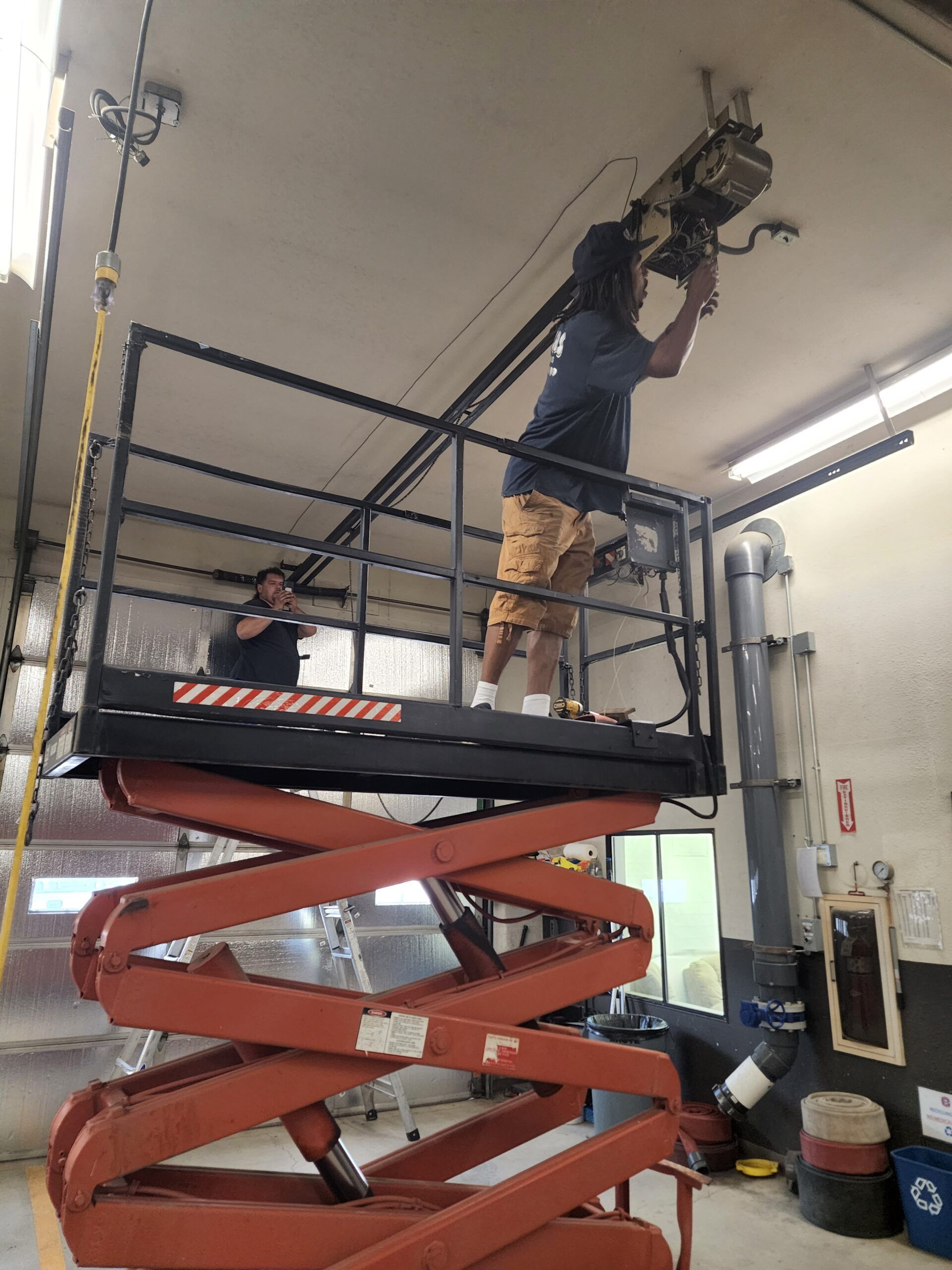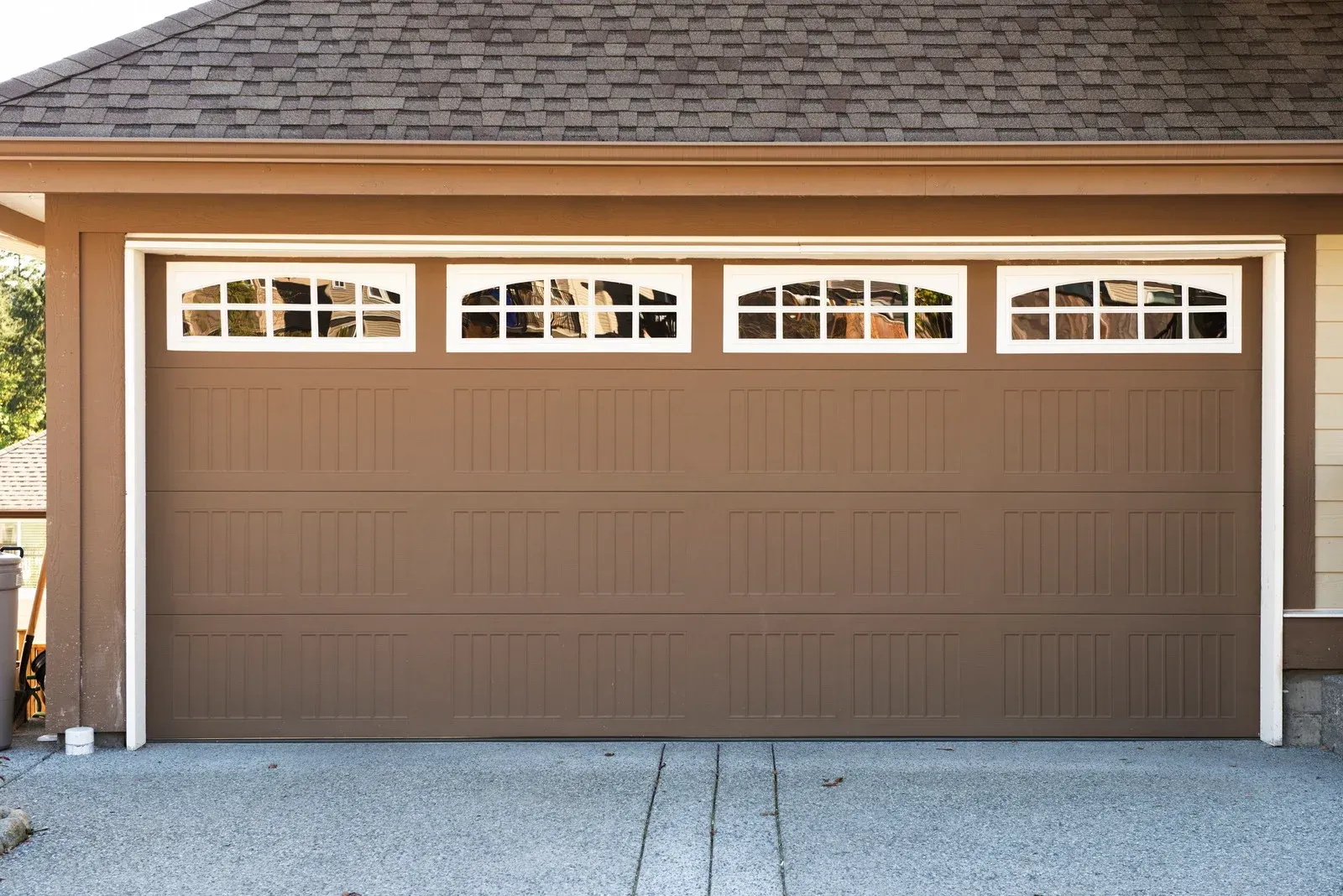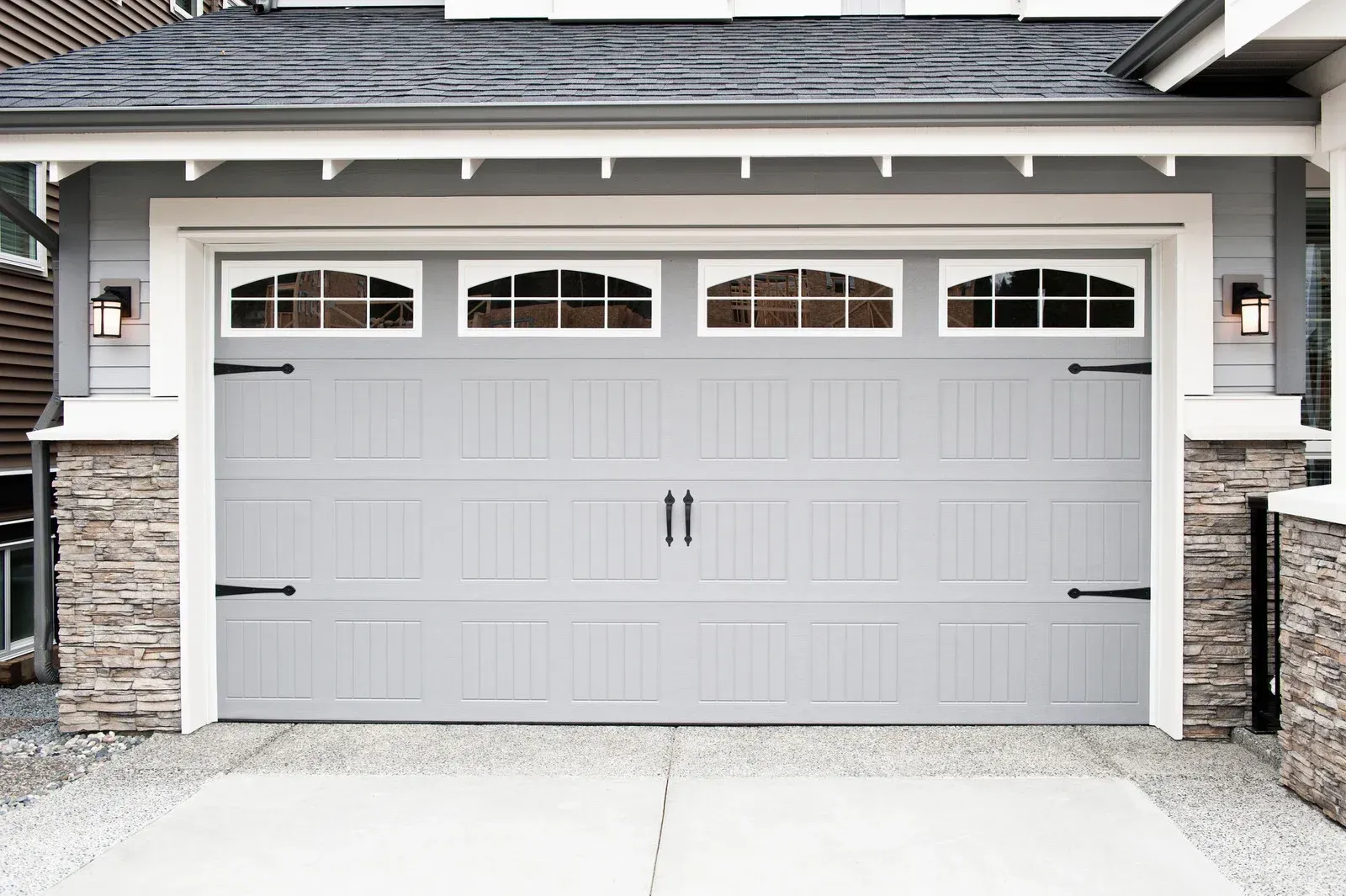
Understanding Garage Door Spring Repair: What You Need to Know
Garage door springs are important components of your home’s garage door system, responsible for lifting and lowering the heavy door with ease. These springs are under significant tension and play a significant role in the smooth functioning of the door. Garage door springs can wear out, break, or become damaged, leading to issues with your door’s functionality with time.
Understanding garage door spring repair is essential for maintaining the performance and safety of your garage door. Here’s what you need to know about these mechanisms and how to address spring-related problems.
The Role of Garage Door Springs
Garage door springs are fundamental to the operation of your door, making it possible to lift and lower it with minimal effort. There are two main types of springs used in garage door systems, torsion springs and extension springs. Torsion springs are mounted above the door and operate by twisting to create the necessary lift. Extension springs, on the other hand, are located on either side of the door and stretch to lift the door.
Both types of springs are designed to balance the weight of the door, making it easier for the opener to lift the door. As the springs wind or unwind, they store and release energy, which is then used to move the door. The constant cycle of tension and release can cause the springs to weaken or become damaged with time.
Signs of Spring Problems: What to Watch Out For
Identifying the signs of spring problems in your garage door early on is essential for preventing more severe issues and avoiding costly repairs. The springs in your garage door play a critical role in its smooth operation, and any breakdown can quickly intensify if not addressed in time. There are several signs that your garage door springs may need attention, and being aware of these can save you both time and money.
Difficulty in Opening or Closing the Door
One of the most obvious signs of a spring problem is when you begin to experience difficulty opening or closing the door. You might notice that the door moves more sluggishly than usual, hesitating as it goes up or down. In some instances, the door may not fully close or open, stopping midway or even reversing unexpectedly. This could be due to a loss of tension in the springs, which are responsible for counterbalancing the door’s weight. Without the proper tension, the door opener struggles to move the door, making it harder to operate. You may also find that you need to exert more force to manually lift or lower the door, which is a clear indication that the springs are not functioning as they should.
Uneven Door Movement or Imbalance
One of the common signs of spring issues is uneven door movement or imbalance. As the door moves, you might notice that one side is higher than the other, indicating that the springs are not providing equal tension. The door may also move in a jerky or shaky manner, suggesting that the springs are not working smoothly. In more severe cases, the door could become stuck at a certain point during operation, refusing to move further. These symptoms suggest that the springs are worn out or misaligned, which can negatively affect the door’s balance and overall function. If left unchecked, this imbalance can put additional strain on the opener and other components, potentially leading to more extensive damage.
Loud or Unusual Noises
Loud or unusual noises during the operation of your garage door can also be a warning sign of spring trouble. While some noise is normal, certain sounds should raise concern. For example, a sudden loud bang might indicate that a spring has broken, especially if it occurs while the door is in motion. This noise happens when a spring snaps under tension, releasing stored energy in a single, forceful burst. Other noises to watch out for include popping or grinding sounds, which could suggest that the springs are worn out or damaged. These noises often occur when the springs are under excessive stress or not moving smoothly, and they should not be ignored.
Visible Signs of Damage
Visual inspections of your garage door springs can also reveal potential problems. Look for cracks, gaps, or other visible signs of wear and tear, as these are often early indicators that the springs are weakening. If the springs appear stretched out, twisted, or otherwise deformed, this suggests that they are no longer functioning as intended. In severe cases, you may even notice that the springs have completely broken, with a visible separation where the spring is no longer intact. Loose or hanging springs are another sign that something is wrong and needs immediate attention.
The Risks of DIY Spring Repair
It may be tempting to tackle garage door spring repair as a DIY project to save money, but it is important to understand the risks involved. Garage door springs are under high tension and can pose serious safety hazards if not handled correctly. A broken spring can cause the door to fall suddenly, leading to potential injury or damage to property.
Repairing or replacing garage door springs requires specialized tools and knowledge. Incorrect installation or adjustment of the springs can lead to further problems, such as improper door balance or malfunction. For these reasons, it is highly recommended to seek the assistance of a professional garage door technician who has the experience and equipment necessary to perform the repair safely and effectively.
Professional Spring Repair Process
When a professional garage door technician handles spring repair, they follow a systematic process to ensure that the job is done correctly. The first step is a thorough inspection of the garage door system to assess the condition of the springs and other components. The technician will check for signs of wear, misalignment, or damage to determine the extent of the repair needed. Once the inspection is complete, the technician will carefully disconnect the door from the opener to prevent any accidental movement.
They will then proceed to replace the damaged or worn springs with new ones, ensuring that they are properly installed and adjusted. The technician will also inspect and adjust other components of the door system, such as the cables, rollers, and tracks, to ensure that everything is functioning correctly. After the repair is completed, the technician will test the door’s operation to confirm that it opens and closes smoothly and that the springs are properly balanced. They will also provide recommendations for ongoing maintenance to help extend the life of the new springs and keep the door operating efficiently.
Preventive Maintenance and Care
To avoid future spring problems and ensure the longevity of your garage door system, regular maintenance is essential. Performing routine inspections and maintenance tasks can help identify potential issues before they become significant problems. Regular lubrication of the springs, along with other moving parts such as rollers and hinges, can help reduce wear and tear and ensure smooth operation.
It is also important to keep the door tracks clean and free of debris to prevent obstructions that could affect the door’s movement. Scheduling professional maintenance services at least once a year can help catch any issues early and keep your garage door system in optimal condition. During these maintenance visits, a technician will inspect the springs and other components, make necessary adjustments, and provide recommendations for any repairs or substitutions needed.


